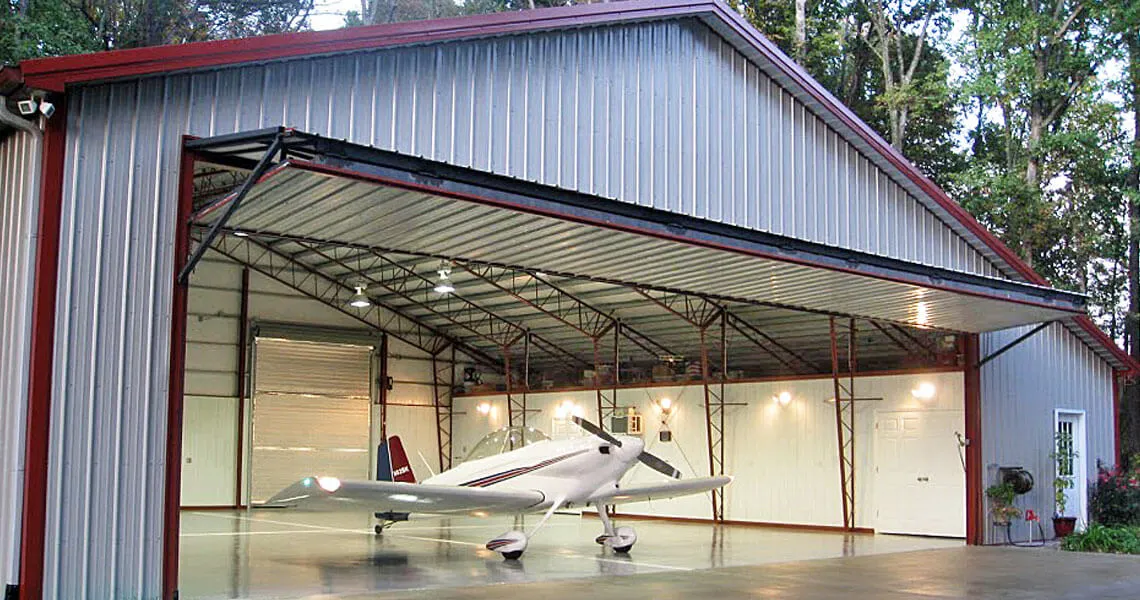- Afrikaans
- Albanian
- Amharic
- Arabic
- Armenian
- Azerbaijani
- Basque
- Belarusian
- Bengali
- Bosnian
- Bulgarian
- Catalan
- Cebuano
- Corsican
- Croatian
- Czech
- Danish
- Dutch
- English
- Esperanto
- Estonian
- Finnish
- French
- Frisian
- Galician
- Georgian
- German
- Greek
- Gujarati
- Haitian Creole
- hausa
- hawaiian
- Hebrew
- Hindi
- Miao
- Hungarian
- Icelandic
- igbo
- Indonesian
- irish
- Italian
- Japanese
- Javanese
- Kannada
- kazakh
- Khmer
- Rwandese
- Korean
- Kurdish
- Kyrgyz
- Lao
- Latin
- Latvian
- Lithuanian
- Luxembourgish
- Macedonian
- Malgashi
- Malay
- Malayalam
- Maltese
- Maori
- Marathi
- Mongolian
- Myanmar
- Nepali
- Norwegian
- Norwegian
- Occitan
- Pashto
- Persian
- Polish
- Portuguese
- Punjabi
- Romanian
- Russian
- Samoan
- Scottish Gaelic
- Serbian
- Sesotho
- Shona
- Sindhi
- Sinhala
- Slovak
- Slovenian
- Somali
- Spanish
- Sundanese
- Swahili
- Swedish
- Tagalog
- Tajik
- Tamil
- Tatar
- Telugu
- Thai
- Turkish
- Turkmen
- Ukrainian
- Urdu
- Uighur
- Uzbek
- Vietnamese
- Welsh
- Bantu
- Yiddish
- Yoruba
- Zulu
Nov . 27, 2024 17:33 Back to list
Design of Steel Trusses for Roofing
The design of steel trusses for roofing plays a crucial role in modern construction, providing not only structural integrity but also aesthetic appeal to buildings. Steel trusses are framework structures made up of triangular units that distribute loads efficiently, making them ideal for supporting roofs in a variety of architectural designs. This article delves into the key considerations and principles involved in the design of steel trusses, emphasizing their importance in contemporary roofing applications.
Understanding Steel Trusses
Steel trusses are composed of straight members connected at their ends, forming a series of triangles. This triangular configuration is significant because it allows the structure to effectively manage the forces acting on it, including tension and compression. The principal advantage of using steel in truss construction is its high strength-to-weight ratio, which enables the creation of long spans without the need for supporting columns. This is particularly valuable in large commercial buildings, warehouses, and sports facilities where open spaces are essential.
Key Considerations in Design
1. Load Analysis The first step in designing a steel truss is conducting a thorough load analysis. Trusses must be designed to withstand various loads, including dead loads (the weight of the structure itself), live loads (occupancy, furniture, snow, etc.), and environmental loads (wind pressures, seismic activity). Understanding these loads is essential to ensure the stability and safety of the structure.
2. Material Selection The choice of material significantly affects the performance and reliability of the truss. Steel is preferred for its durability, resistance to extreme weather conditions, and ease of fabrication. Various grades of steel are available, and the selection depends on factors such as strength requirements, cost considerations, and corrosion resistance.
3. Truss Configuration There are several configurations of steel trusses, including Pratt, Warren, and Howe trusses, each with its unique advantages. The choice of configuration is influenced by factors such as span length, load conditions, and architectural requirements. The design must balance efficiency, aesthetics, and functionality.
design of steel trusses for roofing

4. Joint Design Joints in a truss are critical points where members connect, and their design is vital for transferring loads effectively. Various types of joints can be used, such as welded, bolted, or riveted connections. The design of these joints must account for the forces acting on the truss and ensure that they do not become failure points.
5. Deflection Control Deflection refers to the displacement of the truss under load. While some flexibility is inherent in all structures, excessive deflection can cause issues such as compromised aesthetics and performance. Designers must ensure that deflection is kept within acceptable limits, often guided by building codes and standards.
Benefits of Steel Trusses in Roofing
The use of steel trusses in roofing systems offers multiple advantages
- Cost-Effectiveness The high strength of steel allows for longer spans, reducing the need for additional supports and materials, leading to overall cost savings in construction. - Design Flexibility Steel trusses can be fabricated in various shapes and sizes, enabling architects to create innovative and unique roofing designs that enhance the building's overall look. - Speed of Construction Pre-fabricated steel trusses can be manufactured off-site and quickly assembled on-site, significantly reducing construction time and labor costs.
Conclusion
In conclusion, the design of steel trusses for roofing is a sophisticated process that requires careful consideration of load analysis, material selection, truss configuration, joint design, and deflection control. As the demand for efficient, durable, and aesthetically pleasing structures continues to grow, steel trusses remain a popular choice among architects and engineers. Their ability to combine functionality with flexibility makes them indispensable in modern construction. Properly designed steel trusses not only support the roof but also contribute to the overall integrity and appeal of the building, ensuring lasting performance for years to come.
-
How Do Prefabricated Steel Structures Transform Modern Construction?
NewsJul.14,2025
-
How Do Prefabricated Metal Buildings Redefine Modern Construction?
NewsJul.14,2025
-
How Do Prefab Insulated Metal Buildings and Steel Structures Revolutionize Modern Construction?
NewsJul.14,2025
-
How Do Pre - Engineered Steel Structures Redefine Modern Construction?
NewsJul.14,2025
-
Advancing Modular Construction with Prefabricated Metal Structures
NewsJul.14,2025
-
Advancing Industrial Infrastructure with Prefabricated Steel Solutions
NewsJul.14,2025
Products categories
Our Latest News
We have a professional design team and an excellent production and construction team.












